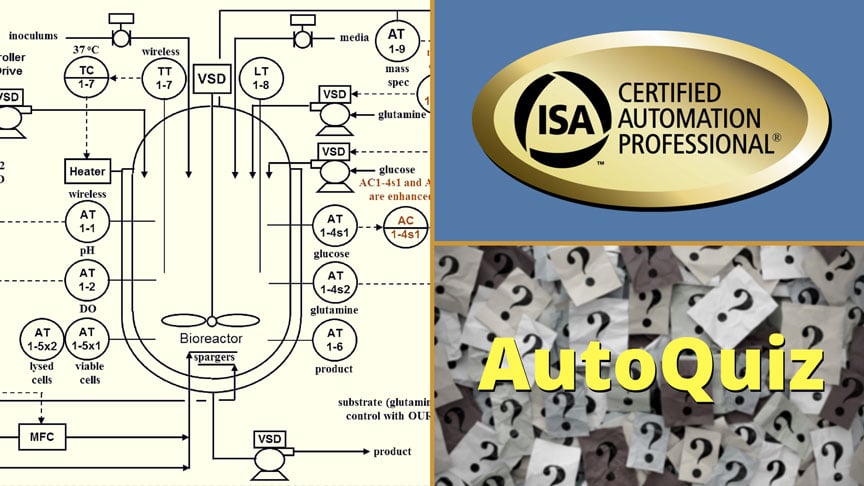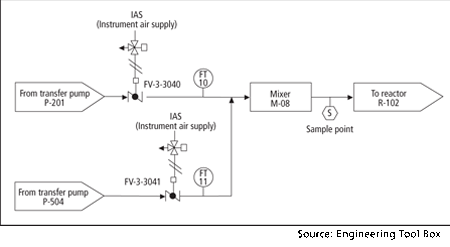AutoQuiz is edited by Joel Don, ISA's social media community manager.
Today's automation industry quiz question comes from the ISA Certified Automation Professional certification program. ISA CAP certification provides a non-biased, third-party, objective assessment and confirmation of an automation professional's skills. The CAP exam is focused on direction, definition, design, development/application, deployment, documentation, and support of systems, software, and equipment used in control systems, manufacturing information systems, systems integration, and operational consulting. Click this link for information about the CAP program. The following question comes from the CAP study guide, Performance Domain VI, Operations and Maintenance. Long-term support of the system.

To simultaneously optimize an interacting dead-time dominant process with multiple constraints, one should use a(n):
a) override PID control
b) model predictive control
c) decoupled PID control
d) advisory control
e) none of the above
Model predictive control (MPC) excels at dead-time dominance and simultaneous optimization while accounting for future prediction of proximity to constraints.
PID (answers A and C) controllers are not suitable dead-time dominance. Derivatives cannot serve, and PID controllers do not perform as well as MPCs. Override controllers select a single PID output and are not simultaneous. PID controllers simply do not work well enough.
Decoupling is limited in practice to steady state gains and a small number of variables with no optimization built in. Operators cannot handle the interactions, the dead time, or provide minute-to-minute simultaneous corrections even if they receive regular and new set points.
Advisory control is not an entity and is therefore not the answer.
The best answer is B, model predictive control.





